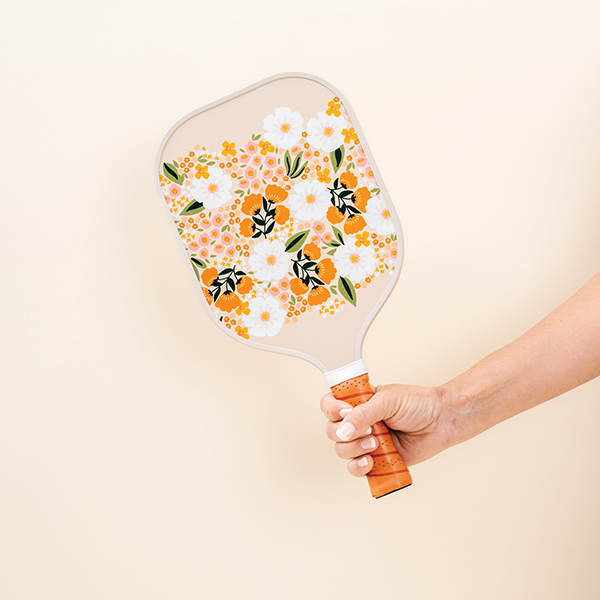Fun Facts
Blendeducation, play and retail to jump to the head of the class
It’s true that in this electronic age of computers and gaming, online retailers have a strong presence in the educational toy market. But specialty retailers still have the upper hand in that they’re able to demonstrate, explain features and allow consumers to feel, touch and experience the fun that can go along with learning in person and not online.
When they visit your destination, parents are looking for a souvenir that can prove both fun and functional. They’re more focused than ever on giving their children every opportunity to develop social and cognitive skills, and despite tough economic times, many parents won’t bat an eye at spending more money to help give them an edge.
Retailers who turn the store into a place to come for fun with toys and games that are educational as well help parents to achieve that goal — and extra sales.
Develop an Idea
Marilynne Eichinger, former president of the Oregon Museum of Science and Industry, believes in a holistic approach to learning and founded the Museum Tour Catalog to provide quality educational and inspirational products available for home use.
Museum presidents are always looking for ways to make money and I thought about starting a catalog for OMSI,” Eichinger said. “Over a five-year period I spoke to many of my colleagues, gift store suppliers and a few board members. Twenty-two museums nationwide decided to join together to get the Museum Tour Catalog off the ground.
“Our company follows the ideas of Jean Piaget and Howard Gardner, who discuss the ages and stages of a child’s development and the different types of intelligence each of us tends to favor,” she continued. “Our catalog tries to appeal to these various learning styles with the goal to help develop mind, spirit and body.”
Most museum gift shops share this goal to provide appropriate toys for a variety of ages, skills and intelligences. Since parents are always trying to find ways to inspire and teach their children, the museum gift shop can serve to extend the museum experience to the home. The hope is to make the museum experience a fun and non-threatening experience for the child so that they develop a lifelong appreciation for the arts.
“Our museum’s educational mission extends not only to school children, but also to adults, disenfranchised communities and seniors dealing with issues of memory loss,” said John Reilly of the Carter Museum. “The museum store serves as a first and last experience for the visitor and reflects the nature of our collection. We want the first time visitor to leave wanting more and establish a lifetime association with the museum.”
Play has become an important concept for both child and adult, and learning toys blend both education and play, which is an important part of cognitive, social and affective development.
“More and more, consumers are seeking out toys that encourage problem solving, strategy, perseverance, numeracy and focus,” said Virginia Merritt of PlaSmart Inc. “Educational toys that are visually stimulating, provide challenges and build self-esteem are the ones slated to become best sellers. The key is that the product is fun and that children want to play with it, all while meeting these educational benefits.”
Educational Edge
At the Carter Museum, Reilly has noticed an increased awareness in parents for unique, quality items free of toxins and dangers. The young parent is exceptionally savvy when it comes to value and quality in purchasing for their child, and they seek out the museum store as a place to find items specifically made with their child’s development in mind.
Eichinger also feels it’s important to inspire children with more than just toys and that the home needs to be reflective of the beliefs, inspiration and educational impact the parent wants to make on his child. It’s up to retailers to provide the products to fill that need.
“The catalog has Saber Tooth Tiger castings made from the La Brea Tar Pit finds that are for decoration and education. We have light fixtures for a child’s room showing the planets revolving around the sun,” Eichinger said. “We encourage photography by selling cameras and provide books on how to make beautiful pictures and have telescopes for beginners and advanced amateur astronomers. We also always carry books for adults as well as children. The learning never stops.”
She added that parents and grandparents each have their own biases. An adult with a strong art background tends to purchase art products for all of their children. Even when they have a child interested in science they may choose an art project with a science twist. It’s important to display a variety of products to help them broaden their horizons and purchasing.
“Flip books or holographic animation are examples of the science of optics combined with art,” she said. “An adult interested in science may introduce Leonardo da Vinci Models to a history-oriented child, and the adult who wants to teach a child about nature may try ‘Tracking Expedition’ where the child can do a craft project while learning about animals in nature. Math can be learned through music experiences, etc.”
For stores looking to get back to basics, marbles are a classic, non-gadget toy that appeals to both the parent and the child. Kids are drawn to the colors, themes and sounds, and the grandparents or parents are drawn to their nostalgic nature.
“We have packaged our product so that the marbles can be seen and touched without any damage to the product itself,” said Jennifer Walker of FS-USA. “Our spinner displays allow the consumer to see a multitude of options in marble colors and themes. We have had retailers set up play stations with our large game mats so that children may come in and play marbles and they’ve also done this with our marble runs.”
Eichinger suggested gift shops merchandise by subject, not necessarily age group. For instance, an art museum can carry painting kits for adults and children in an area that has books that inspire people to learn to paint or draw. Beginning geology kits and rock polishing machines can be placed near beautiful jewelry that embraces stones and crystals. Books about jewelry, jewelry design and rocks and minerals can be placed nearby. This is another way to enhance the experience and offer additional purchasing options for any shopper.
“Destination stores offer customers an experience that they will go out of their way for,” Merritt said. “These are stores where children can play and hang out, places where children, parents and grandparents want to go to discover and enjoy toys.”
That hands-on discovery is something that can’t be found online, and retailers who can blend education, play and retail will jump to the head of the class.
By Abby Heugel
Managing Editor
“






















